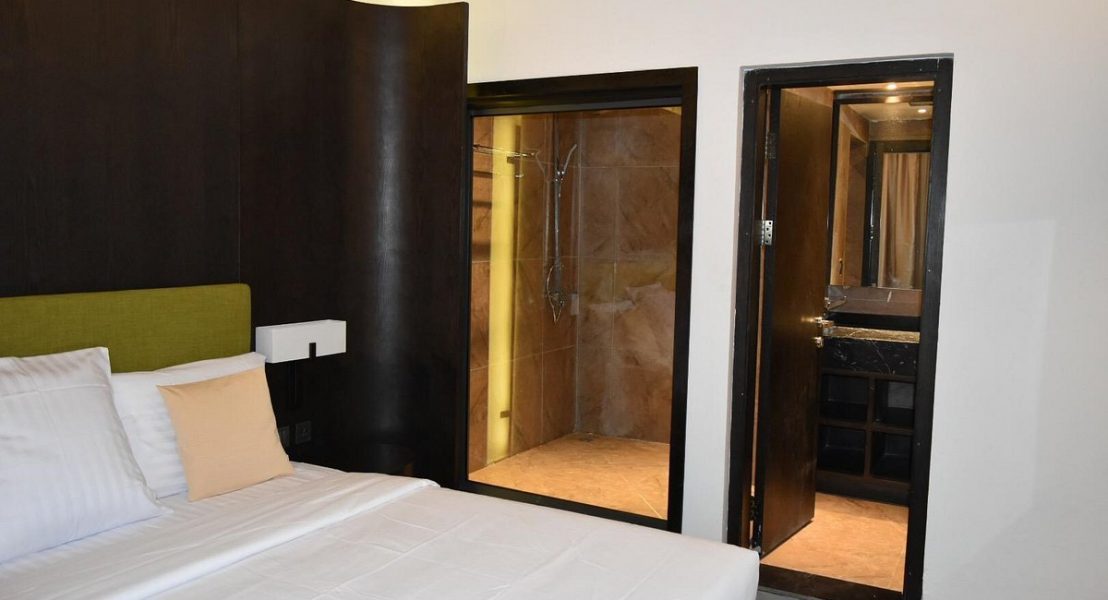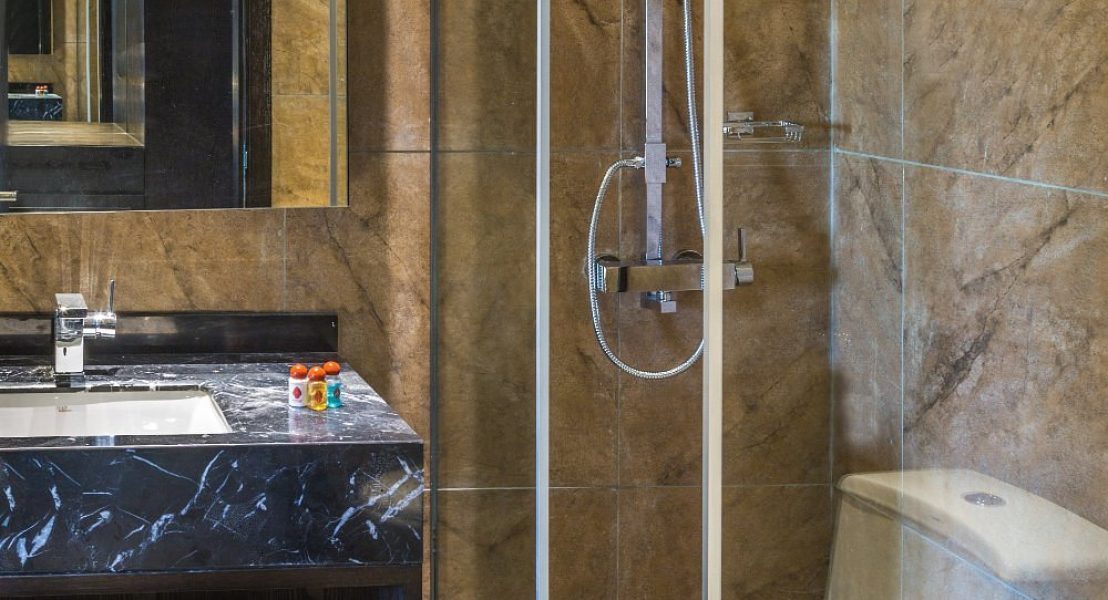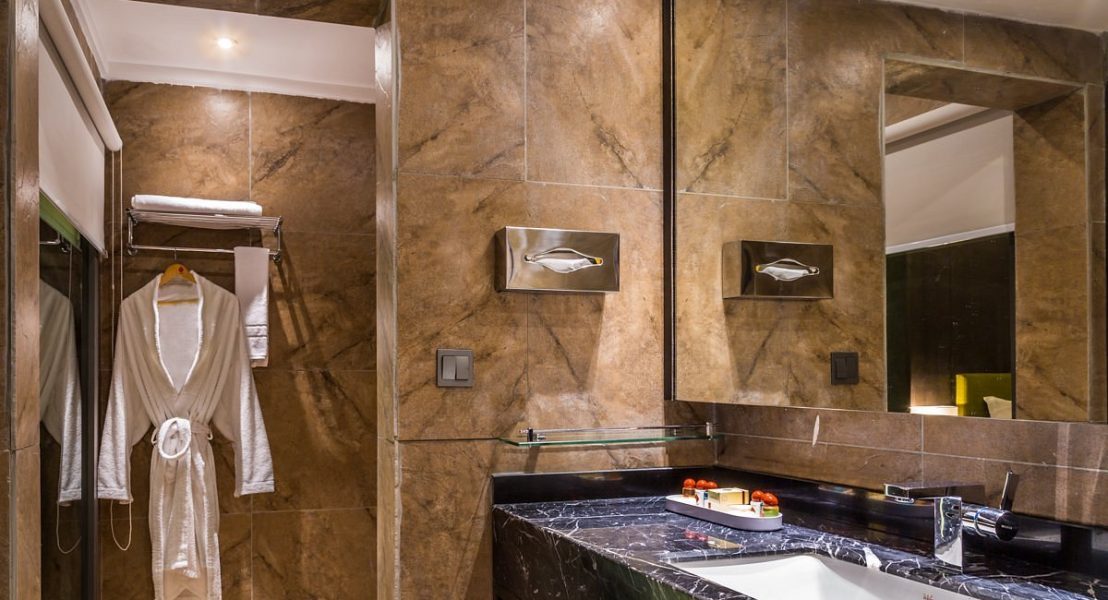














Welcome to Azala Hôtel Marhaba, an excellent choice for you.
The Azala Hôtel Marhaba is a family-friendly hotel with air conditioning and complimentary WiFi.
Room service is available at the motel. A pool and a lounge are also available to guests, making this a popular choice among travelers visiting Nouakchott. There is free parking for guests who have a car.
There are many seafood restaurants in Nouakchott. So, while you’re here, make sure to stop by places like TAFARIT sun house, A Casa Portuguesa, and Qasa Restaurant, which all provide delicious food. Galerie Zeinart and the Saudi mosque are two famous sites within walking distance if time permits.
The best of Nouakchott is right at your fingers at Azala Hôtel Marhaba, ensuring a pleasant and delightful stay.
| Check In | 12:00 pm |
|---|---|
| Check Out | 12:00 pm |